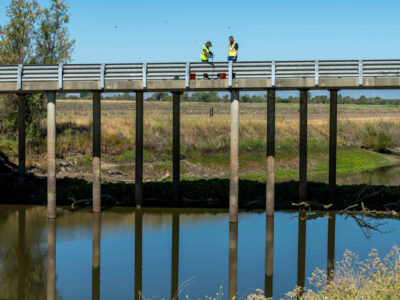The question frequently comes up if this is the last year for thiobencarb use in rice. The answer now is…maybe. For the first time since the CRC took over management from the Department of Pesticide Regulation (DPR) in 2003, the program received a conditional approval after eight exceedances of the performance goal in 2019.
Please keep a copy of the DPR thiobencarb permit conditions available for reference:
The permit conditions provide water holding requirements and drift minimization from water ways.
What does conditional approval mean?
Rice growers will have use of thiobencarb for 2020. The CRC is required to provide additional assessment in the annual report to the Central Valley Water Board by December 31. The assessment should identify additional management practices, either broadly or geographically, for meeting compliance with the 1.5 ppb performance goal in the drains starting in 2021.
What if additional management practices cannot be identified?
The Central Valley Water Board implements a prohibition of discharge. The requirement can either be broad or geographic and the terminology means no thiobencarb can legally be discharged (released) from the field.
What about the water holding requirements?
Unfortunately, compliance by the county agricultural commissioners through the DPR Enforcement Office would no longer apply under a prohibition of discharge. Rice growers would be subject to fines levied by the Central Valley Water Board. The fines estimate gallons of discharge and apply penalties up to several thousand dollars per day.
Are other options available?
The Central Valley Water Board identified the voluntary acreage limitations, which were lifted in 1994. Acreage limitations would have to be implemented through voluntary production caps. The previous limitations allowed production of enough formulated product to treat 110,000 acres with Bolero and 30,000 acres with Abolish for a total of 140,000 acres.
For more information, contact the CRC’s Industry Affairs Manager Roberta Firoved at rfiroved@calrice.org or (916) 206-5039.



